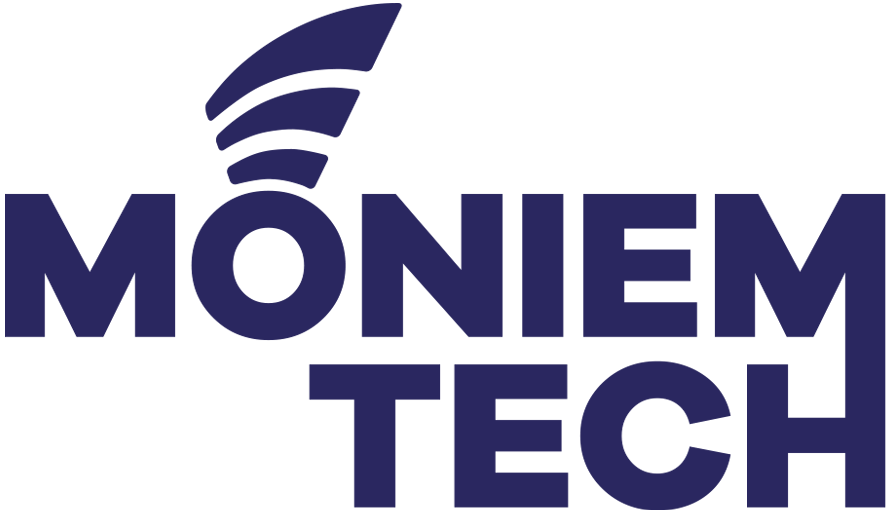Before the advent of Rel.17, IoT deployments were plagued by connectivity challenges, especially in remote and rural areas. Terrestrial networks often fall short in providing reliable coverage, resulting in data gaps and operational inefficiencies. High infrastructure costs further compounded these challenges, restricting the scalability and effectiveness of IoT solutions.
3GPP’s Release 17 introduced NTN NB-IoT, a game-changer in IoT connectivity. This innovation harnesses satellite technology to provide global, reliable, and scalable connectivity solutions. NTN NB- IoT overcomes the limitations of terrestrial networks, ensuring continuous device communication and data flow, regardless of location. Through a firmware update, Rel.17 allows standard unmodified NB- IoT RF chipsets and modules to connect to terrestrial and non-terrestrial networks. This ensures that the same hardware currently in use, with a 23dBm, 0dBi omnidirectional antenna, can be used for satellite communications, providing a significant advantage for the implementation of Rel.17 components without requiring hardware changes.
Transparent vs. Regenerative Payload in Satellite Communication
Two types of modes or “payload” can be distinguished Non-regenerative payload (also called “bentpipe payload” and Regenerative payload (or non-transparent mode). Where should 5G basestation functionality be implemented? In the gateway (transparent)? In the satellite (regenerative)?

Major Regenerative and Transparent gNodeB comparison areas include:
- Coverage – More user areas, including remote, austere, oceanic.
- Bandwidth – Optimizing link capacity.
- Latency – Delay and responsiveness characteristics.
- Link performance – User experience, SNR, power.
Transparent (bent-pipe)
- RF filtering, frequency conversion and amplification only on satellite.
- Simple.
- Longer round-trip delay from 5G Radio Access Network (RAN) to terminal and back again (e.g. 28 ms for LEO at 600km and low elevation angle)
- Benefits of transparent
- Lower demands on satellite payload processing
- Challenges of transparent
- Reliance on having strong feeder links to ground stations located throughout coverage areas.
- Same waveform must be used for FR1 service link and FR2 feeder link.
- Link budget degraded by impairments in the feeder link.
Non-transparent (regenerative)
- RF filtering, frequency conversion, amplification, demodulation/decoding, switch and/or routing and coding/modulation.
- Equivalent to having gNodeB on board satellite.
- Shorter round-trip delay from 5G Radio Access Network (RAN) to terminal and back again (e.g. 13 ms for LEO at 600km and low elevation angle)
- Benefits of regenerative
- Native support for inter-satellite links (ISLs) enhances coverage
- Lower latency
- Improved Quality of Service (QoS)
- Lower bandwidth required for feeder link
- Challenges of regenerative
- Satellite power consumed by on-board processor
- Requires performant low-power space-qualified devices
Transparent payloads are like flying repeaters—they forward the signal to a ground station for processing. They’re simpler and lower-cost, but need constant feeder link visibility. Regenerative payloads go further—they demodulate and process signals onboard, enabling more intelligent routing and delay-tolerant communication, especially useful when the ground link isn’t always available.
